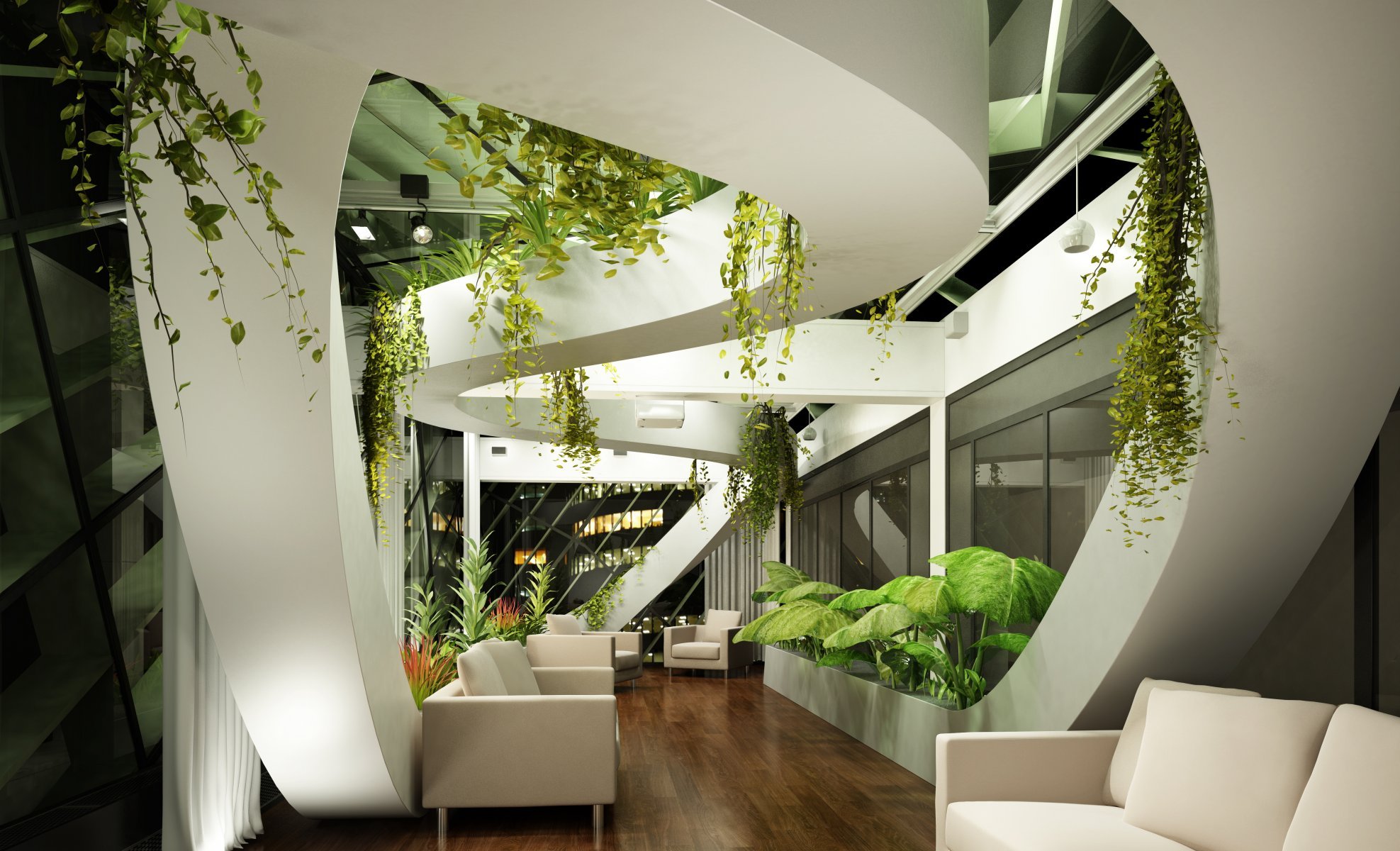
In our ever-evolving world, where aesthetics and functionality intertwine, the global interior design market has emerged as a vibrant and dynamic force. As an economist and market researcher, I find myself captivated by the intricacies of this industry, which not only shapes the spaces we inhabit but also reflects our cultural and societal values. In this blog, we will explore the world of interior design, including its market size, trends, and the driving forces behind its growth.
Global Interior Design Market Overview
The market has experienced remarkable growth in recent years, fueled by rising disposable incomes, urbanization, and a heightened appreciation for aesthetically pleasing living and working environments. According to a report, the global interior design market size was valued at $137.3 billion in 2020 and is projected to reach $278.2 billion by 2028, growing at a compound annual growth rate (CAGR) of 8.4% during the forecast period.
This substantial growth can be attributed to several factors, including the increasing demand for sustainable and eco-friendly design solutions, the influence of social media and digital platforms on design trends, and the growing popularity of smart home technologies. Additionally, the rise of the real estate sector, particularly in emerging economies, has further propelled the demand for interior design services.
Geographical Landscape
The market is a diverse tapestry, with various regions contributing to its growth and exhibiting unique preferences and trends. North America, traditionally a powerhouse in the industry, remains a significant market, driven by the affluent consumer base and a strong emphasis on luxurious and personalized living spaces. However, the Asia-Pacific region is rapidly emerging as a major player, fueled by rapid urbanization, rising disposable incomes, and a burgeoning middle class.
China, in particular, stands out as a dominant force in this region, with its robust construction industry and a growing appetite for high-end interior design services. According to a report, the Asia-Pacific interior design market is expected to grow at a CAGR of 8.2% between 2022 and 2030, reaching a staggering $116.9 billion by the end of the forecast period.
Trends Shaping the Industry
The interior design market is not immune to the influence of global trends and consumer preferences. One of the most significant trends in the industry is the increasing demand for sustainable and environmentally friendly design solutions. Consumers are increasingly eco-conscious, desiring visually appealing interiors that support a sustainable future.
Another notable trend is the integration of smart home technologies into interior design. From voice-controlled lighting and temperature systems to automated window treatments and home security systems, the intersection of technology and design is revolutionizing the way we interact with our living spaces.
Additionally, the rise of coworking spaces and the gig economy has given birth to a new era of office design, where flexibility, collaboration, and creativity take center stage. Interior designers are tasked with creating dynamic and adaptable workspaces that foster productivity, innovation, and employee well-being.
Challenges and Opportunities
The global interior design market presents numerous opportunities but also poses various challenges. The need for more skilled and experienced interior designers is a significant challenge, particularly in emerging markets where the demand for high-quality design services surpasses the available talent. This lack of talent has the potential to impede growth and restrict the industry’s capacity to meet the changing needs of consumers.
However, this challenge also presents an opportunity for educational institutions and professional organizations to prioritize interior design education and training programs, fostering the next generation of talented designers equipped with the necessary skills and knowledge to thrive in this dynamic industry.
Another challenge lies in the volatility of raw material prices and supply chain disruptions, which can significantly impact project costs and timelines. Interior designers and industry stakeholders must remain agile and adaptable, exploring alternative materials and supply sources to mitigate these risks.
Conclusion
The global interior design market is a fascinating and ever-evolving landscape, shaped by cultural influences, technological advancements, and shifting consumer preferences. As an economist and market researcher, I am continually amazed by the industry’s ability to adapt and innovate, creating spaces that not only enhance our living and working experiences but also reflect our values and aspirations.
With a projected market size of $278.2 billion by 2028 and a CAGR of 8.4% during the forecast period, the global interior design market presents numerous opportunities for growth and innovation. However, addressing the talent gap, embracing sustainability, and navigating supply chain challenges will be crucial for the industry’s long-term success






